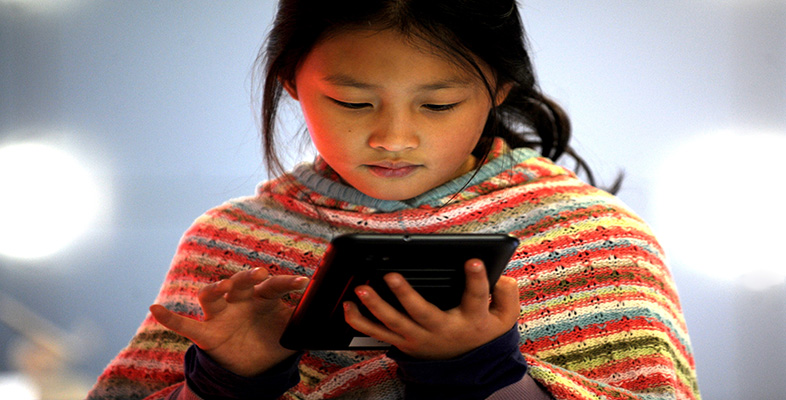2.3 IT and you
Sometimes it's useful to stop and think a bit about your own experiences and focus on your own views. This can help you understand issues in more depth. For example, when studying the impact of IT on everyday life, your own experiences are a useful resource.
Activity 4
Think of ways in which your own life has changed as a result of the introduction of IT. This could be at work, in your education, in your leisure-time activities, or in your own home. Are all of these changes things that you have welcomed? Or are there areas where you would have preferred things to stay the same?
Answer
My responses
I'm aware of how different things are for my children. For example, when they are doing homework they will regularly search for information on the internet, rather than using textbooks as I did when I was at school. It means they can get what they need quickly, although I am sometimes concerned that what they find may not be the most accurate or authoritative source on a topic.
For myself the internet has been very beneficial. I am able to work from home using my PC and internet connection, which means I can cut down on travelling time because I don't have to be in the office every day. But I have to watch my work–life balance, as my alternative 'office' is always open!
So far in this section we have been looking at the IT systems that are part of your everyday life, including those in your own home. One of the difficulties that can emerge with the development of so many new technologies is the issue of coordinating and controlling all these systems. One solution to this is a concept called the 'smart home'.
